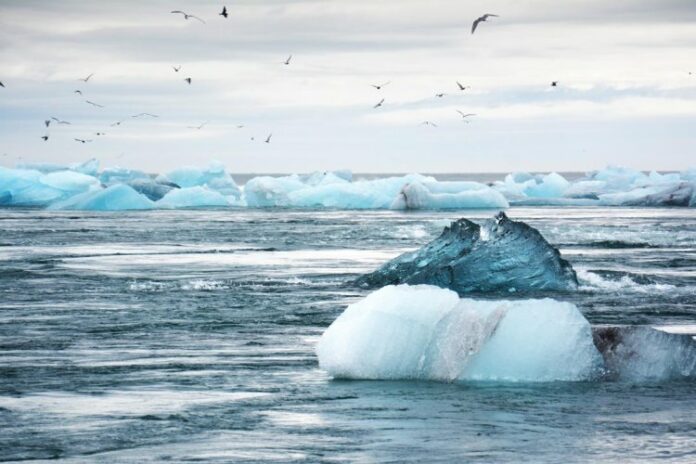A team coordinated by two CNRS researchers and involving colleagues from Sorbonne University, Toulouse III–Paul Sabatier University, the University of Western Brittany and Aix-Marseille University, will traverse the Southern Ocean from January 11 to March 8, 2021, aboard the Marion Dufresne II research vessel chartered by the French Oceanographic Fleet.
Their goal is to better understand the sequestration of atmospheric CO2 in the ocean, and especially how the chemical elements essential to this storage are supplied, transported and transformed by the ocean
The Southern Ocean, which surrounds the Antarctic continent, south of the Atlantic, Pacific and Indian Oceans, is a wild region that is difficult to explore. It plays a key, yet complex, role in the capture and storage of atmospheric CO2. A wide range of factors need to be taken into account, including biological activity (surface photosynthesis, carbon export to the deep ocean and its sequestration in sediments) and ocean circulation.
To understand these processes it is necessary to quantify them, which can be done by measuring what are known as geochemical elements (silica, nitrate, iron, zinc, as well as elements such as thorium, radium and rare earths). The vast majority of these tracers are present in minute concentrations in seawater.
The SWINGS1 oceanographic cruise, starting on January 11 and involving 48 scientists, is part of the international GEOTRACES program, which since 2010 has been constructing a chemical atlas of the oceans, compiling data describing the biogeochemical cycles of these trace elements and their isotopes in the world’s oceans. The data is acquired using very strict protocols, compared and validated among the different countries, and made available in an open database.
This is the first time that such a comprehensive marine survey has been carried out in the Southern Ocean. Its goal is to determine the sources (atmospheric, sedimentary, hydrothermal, etc) of these elements, some of which (iron and zinc for example) play a crucial role in the photosynthetic activity of phytoplankton. The scientists will be studying their physical, chemical and biological transformations at all depths of the Southern Ocean, as well as their ultimate fate, when they sink into the deep ocean and are stored in sediments.
In addition to the SWINGS scientists, a team from OISO (Indian Ocean Observation Service), which is assessing the proportion of CO2 from anthropogenic emissions and the resulting ocean acidification, will embark on the Marion Dufresne II during the cruise. Another temporal data monitoring program, THEMISTO, will be studying open-ocean ecosystems. Finally, a third project (MAP-IO) will use the Marion Dufresne II to carry out, among other things, physical measurements of the distribution of aerosols and trace gases. With these three projects complementing the SWINGS goals, scientific cooperation lies at the heart of the new cruise.
The expedition was funded by France’s National Research Agency ANR, the French Oceanographic Fleet operated by the National Institute for Ocean Science IFREMER, the CNRS National Institute for Earth Sciences and Astronomy INSU, and the ISBlue University Research School.



